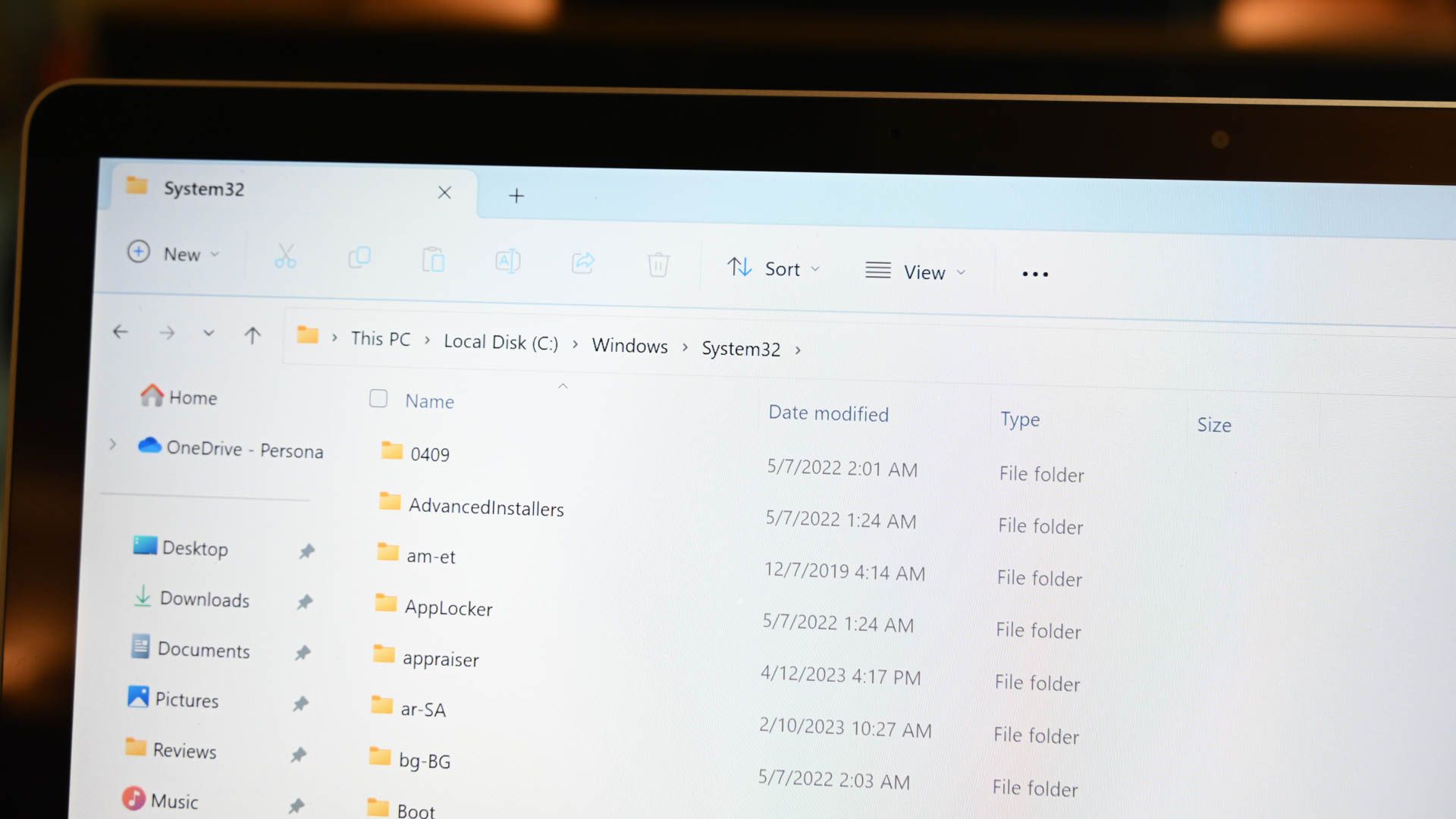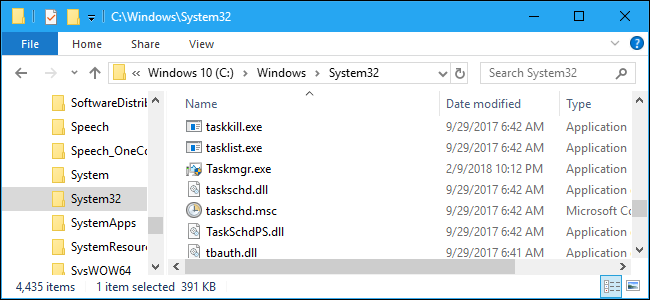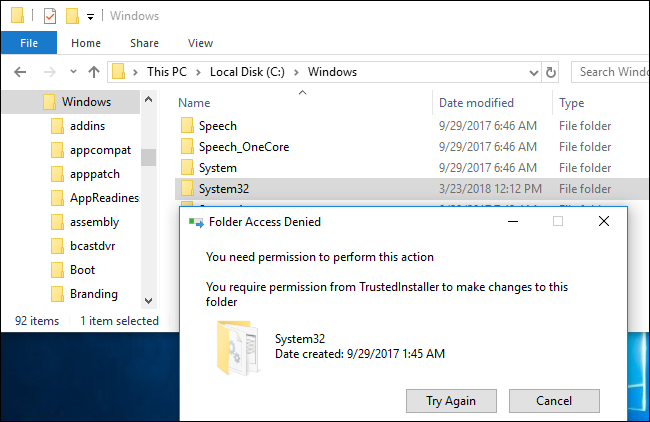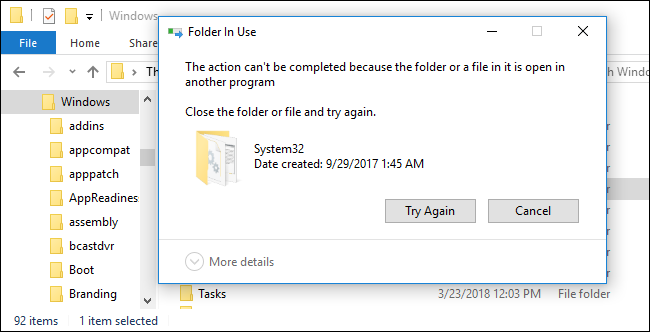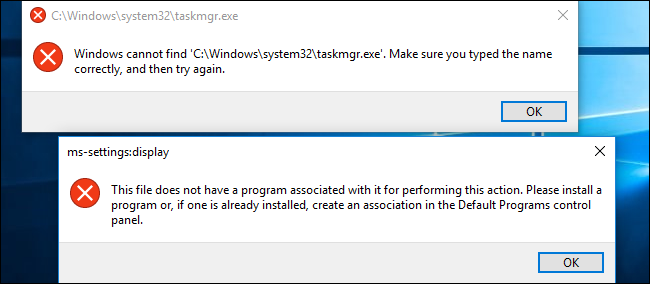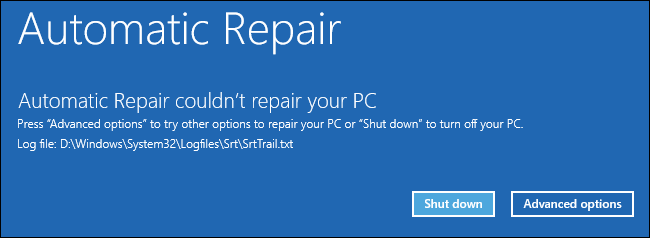Quick Links
Key Takeaways
- The System32 folder in Windows is crucial for the operating system to function properly, containing important system files and libraries.
- Deleting the System32 folder will result in a broken Windows operating system, requiring a reinstallation to fix.
- The System32 folder may potentially be a hiding place for malware, so it's important to regularly scan your PC with an antivirus program.
The C:\Windows\System32 directory is a critical part of the Windows operating system where important system files are stored. Some pranksters online may tell you to delete it, but you shouldn't — and we'll show exactly what happens if you try.
What is the System32 Folder?
The System32 folder located at C:\Windows\System32 is part of all modern versions of Windows. It contains important operating system files that Windows needs in order to function properly.
This directory contains many different types of files, but DLL and EXE are some of the most common types you'll find if you start digging through the folder. Dynamic Link Library (DLL) files are shared library files used by Windows programs — both utilities built into Windows and third-party programs you install — to perform various functions.
The EXE files in the System32 folder represent various Windows system utilities. For example, when you launch the Task Manager, Windows opens the Taskmgr.exe program file located inside the System32 folder.
Many more important system files are located here, too. For example, the C:\Windows\System32\Drivers folder contains the SYS files associated with hardware drivers, which your system needs to properly communicate with its hardware. Even the system-wide Windows Registry files are stored here, in the C:\Windows\System32\Config folder.
Despite its name, the System32 folder is important even on 64-bit versions of Windows, where it still contains important system libraries and executables in 64-bit form.
What Happens If You Try to Delete Your System32 Folder
There's a dumb prank that's been floating around the Internet for a long time, where jokers try to trick people into deleting their System32 folder. You shouldn't do this, since the System32 folder is important. If you actually did delete your System32 folder, this would break your Windows operating system and you'd need to reinstall Windows to get it working properly again.
To demonstrate, we tried deleting the System32 folder so we can see exactly what happens.
Don't try this at home!
We tried deleting the folder normally on both Windows 10 and Windows 7, and both wisely prevented us from deleting this system folder with a "Folder Access Denied" message. But we're stubborn, so we got around that.
We really wanted to see what would happen, so we took ownership of the System32 folder and gave our Windows user account full control over its contents.
We then tried deleting the folder again, but Windows said we couldn't delete it because files inside the System32 folder were open in another program.
We're already learning one thing here: It's very difficult to actually delete your System32 folder. If someone ever says "Oops, I accidentally deleted my System32 folder," there's a good chance they're joking. It takes some determination and digging through advanced settings.
Frustrated with File Explorer, we decided to launch the Command Prompt and use the
del
command to delete as many files in System32 as we could. The command still wouldn't touch some files that were currently in use, but it deleted many other ones.
Windows started to fall apart after we deleted many of the files in the System32 folder. We tried opening the Start menu and clicking the power button, but nothing happened. We then tried opening the Task Manager — and we were informed that the Task Manager itself no longer exists. We saw errors when we clicked other menu options in Windows, too.
We couldn't seem to power down the computer normally, so we forcibly rebooted it to see what would happen. Windows tried to boot into Automatic Repair but couldn't repair our PC, perhaps because we deleted the repair files.
Finally, we clicked "Advanced options" and told Windows to boot anyway. Nothing happened. We just saw a black screen for a second before the computer booted into Automatic Repair mode once again. Clearly, important files required for booting Windows were gone and the operating system couldn't even begin to start.
It's not a big surprise: Deleting System32 breaks Windows. There's no big satisfying explosion when you break things, either. Parts of Windows just suddenly start failing while you're using it, and then Windows refuses to boot up again.
And again, reinstalling Windows was the only fix.
How to Check For Malware
While the System32 folder isn't malware itself and you shouldn't try to delete it, it's possible for malware that infects your PC to hide anywhere — even inside the System32 folder. If you're concerned your PC may have malware, you should perform a system scan with your favorite antivirus program.

